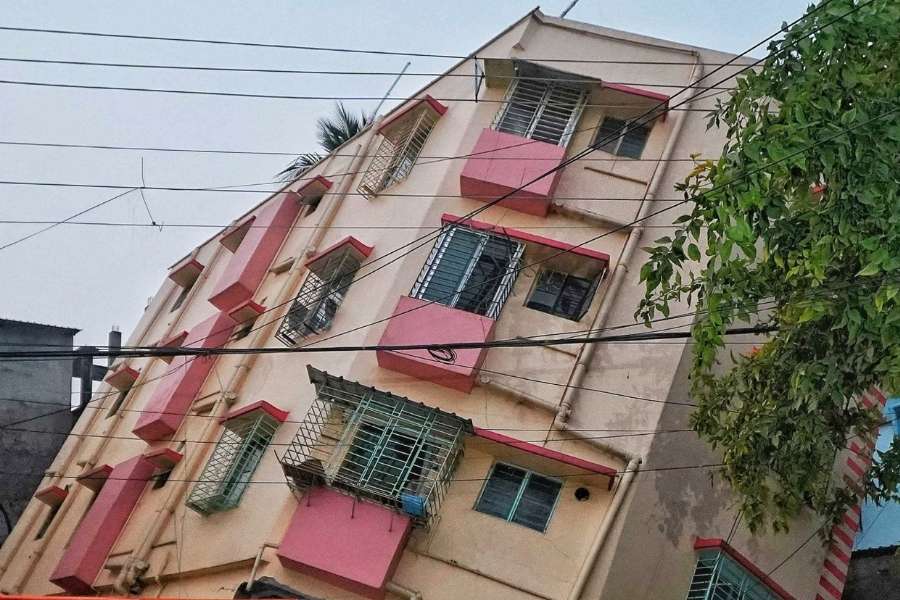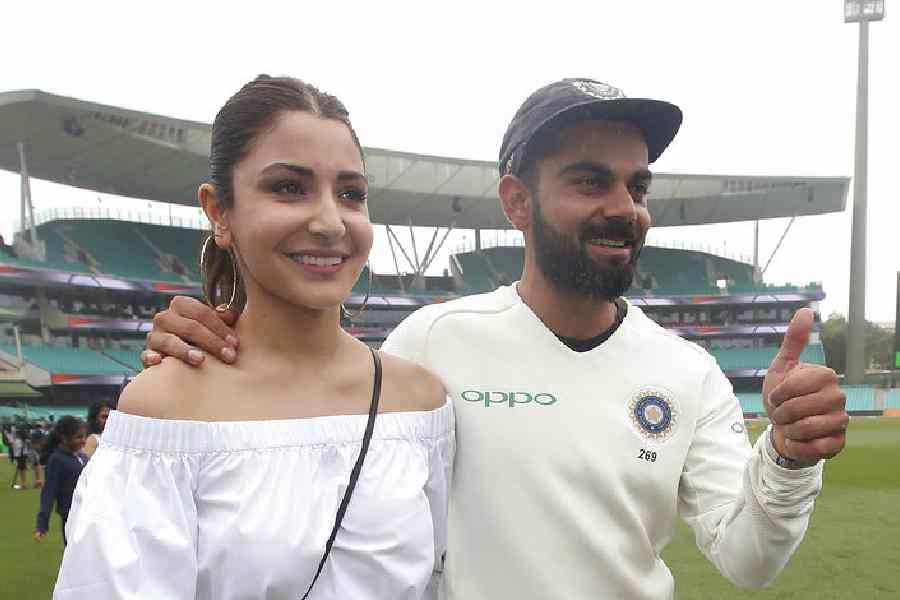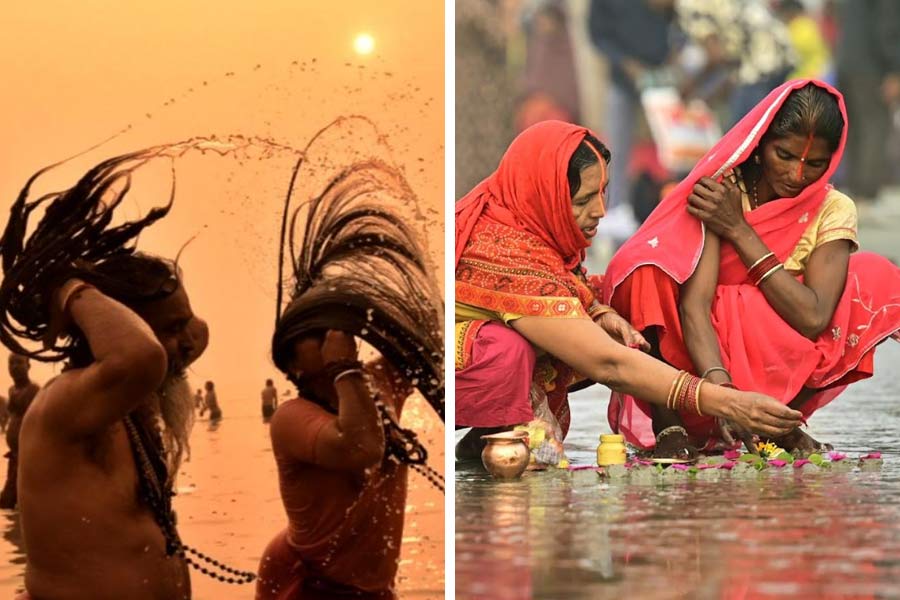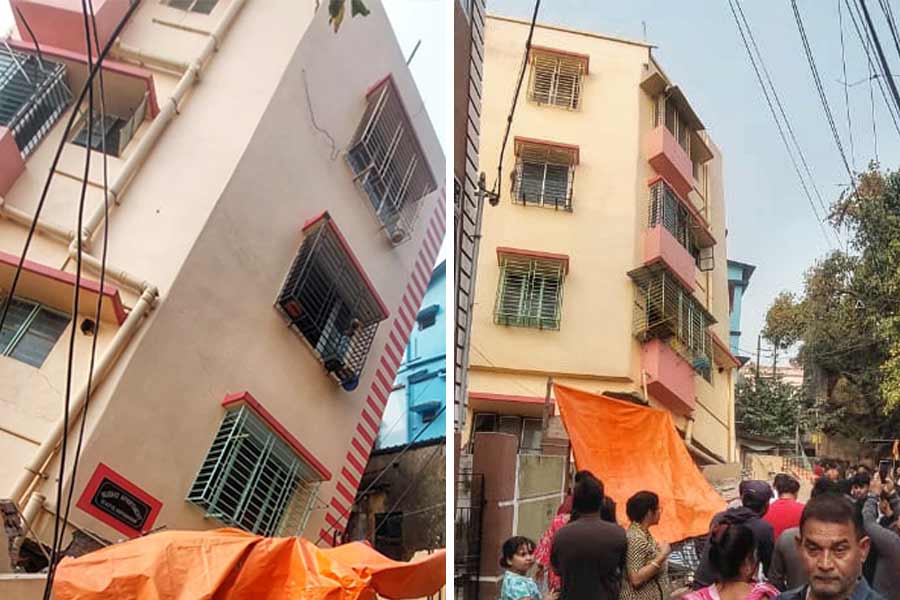 Tuesday, 14 January 2025
Tuesday, 14 January 2025
 Tuesday, 14 January 2025
Tuesday, 14 January 2025
It’s often said that there were two entirely different Manmohan Singhs. One was the relentless reformer who, as finance minister, laid down a golden path to growth. He was the man who fearlessly took a bulldozer to the licence raj and other encrusted Soviet-inspired rules that had kept the economy chugging along at the Hindu rate of growth, as it was derisively called.
Given a virtually free hand in the finance portfolio by then-Prime Minister Narasimha Rao, Singh transformed India’s stagnant economy, laying the foundations for it to emerge as one of the world’s fastest growing. India became a global player in industries like IT and pharmaceuticals, and we are still reaping the fruits of his labour more than three decades later.
The second Manmohan Singh was the “accidental prime minister,” thrust into the political limelight when Sonia Gandhi declined the role after leading the Congress to a narrow victory against all the pollsters’ predictions.
For nine tense days, the nation watched from the edge of their collective seats as Congressmen and women abjectly begged Sonia Gandhi to become prime minister. When she finally anointed Singh, the move was hailed as a triumph of meritocracy – the ultimate story of a poor boy made good, now leading the world’s largest democracy.
Yet, the appointment also meant Singh was seen as a leader beholden to the Gandhi family, dogged by accusations that Sonia dictated his every move. It was a fatal weakness of his time in power as prime minister..
The policies Singh followed from 2004 to 2014 were clearly not those of the bold reformer who had overhauled the economy during his stint as finance minister. One political analyst described the government’s actions under Singh as “Western European euro-communism with an emphasis on redistribution.”
Born on September 26, 1932, in Gah, a remote village in present-day Pakistan, Singh’s early life was shaped by financial hardship and the upheavals of Partition. His family migrated to Amritsar, where he excelled academically, earning degrees in economics from Punjab University and Cambridge, as well as a doctorate from Oxford.
As a youngster, he studied by lantern, and later, when he and his nine siblings moved to Amritsar, he would sometimes escape the noisy household to read his textbooks under streetlights.
He won scholarships to Cambridge and Oxford, where his DPhil (the Oxford equivalent of a PhD) thesis argued for greater export focus in India’s economy – a radical idea that few had considered in the early 1960s.
Singh began his career teaching at the Delhi School of Economics in the mid-1969. But his time as a professor was short-lived. He landed his first government job in 1971 as an economic advisor in the Commerce Ministry. From there, he became Chief Economic Advisor in the Finance Ministry and later a secretary in the same ministry.
In truth, there is likely no one who held a more astonishing variety of government positions. Singh headed the University Grants Commission and the Planning Commission. He rose to greater heights as the Reserve Bank of India governor, succeeding his mentor, H.M. Patel.
Becoming finance minister had never been on the cards, as the job usually went to a politician.
Singh was going about his day when he received a call asking if he had been informed about his appointment and instructing him to turn up at Rashtrapati Bhavan for the swearing-in ceremony.
P.V. Narasimha Rao had handpicked Manmohan Singh to rescue India from economic collapse when its foreign reserves were barely enough to cover two weeks of imports. Rao backed Singh fully, even as the finance minister garnered most of the plaudits for the economic reforms.
As finance minister, Singh enacted seismic changes. He dismantled the ‘licence raj,’ which dictated what goods could be made and how much. He devalued the rupee to boost exports and opened key sectors like telecoms to private and foreign investment.
His famous Budget speech included a now-iconic quote from Victor Hugo: “No power on Earth can stop an idea whose time has come.” For many Indians, his tenure marked a welcome departure from state-controlled inefficiency.
But when Singh was thrust back into the political limelight as prime minister, he pursued a social agenda rather than bold economic reforms. In dress, Singh abandoned his white shirt and trousers for the Congress uniform of white kurta-pyjamas. However, his signature sky-blue turban remained unchanged.
In public, he was almost always expressionless, much to the despair of one photo editor who struggled to find pictures of Singh with a different expression.
Still, there were significant achievements. His government enacted the Mahatma Gandhi National Rural Employment Guarantee Act (MGNREGA), providing a safety net to millions of rural workers. He also stuck his neck out, notably for striking the India-US nuclear deal despite risking significant political capital.
He earned reasonably high marks for his first term, and voters rewarded him in 2009 with a larger mandate.
The second term, however, was far more difficult. Congress allies became openly corrupt, and Singh’s weakness as a leader became apparent. One particularly poor decision was the retroactive $2.2-billion capital gains tax imposed on Vodafone’s $11-billion acquisition of Hutchison Essar’s stake in the Indian telecom business.
The move baffled many as India imposed the tax on the buyer, not the seller, and it also came after the Supreme Court had struck down retrospective taxation in a detailed judgment. Later, high-profile scandals such as the telecom and coal allocation cases rocked his government.
Singh’s silence during these crisis-racked times earned him the nickname “Maunmohan Singh,” or Silent Singh. Rising oil prices also shook the economy.
In 2014 when the Bharatiya Janata Party (BJP) under Narendra Modi scored a landslide victory over the Congress in the general election, Brent crude oil prices peaked at $107.05 per barrel. By 2016, prices had plunged to $60 though consumers didn’t see equivalent relief at the pump.
While Singh’s contributions to reshaping India’s economy are undeniable, opinions on his leadership effectiveness remain divided. Singh, however, was arguably the most honest prime minister India has ever had, a fact even BJP leaders have never disputed.
The government has declared seven days of national mourning, with flags at half-mast. Singh’s last rites will be conducted with full state honours.
On X, Prime Minister Narendra Modi offered carefully worded praise, noting Singh’s “strong imprint on our economic policy over the years.”
Sanjeev Sanyal, a member of the Prime Minister’s Economic Advisory Council, was more effusive, declaring: “The two most significant years of the twentieth century for India were 1947 and 1991 – one brought political freedom and the other economic freedom.”
Former finance minister P. Chidambaram echoed this sentiment, saying, “The story of India turned after Dr. Singh became Finance Minister. The present middle class of India was virtually the creation of his policies.” He added: “While the former Prime Minister's policies were liberal and progressive, he never forgot the poor.”
The final judgment on Singh’s legacy remains to be written. His inability to assert himself politically casts a shadow over his achievements. But Singh himself once said, “I honestly believe that history will be kinder to me than the contemporary media or, for that matter, the Opposition in Parliament.”
It’s now up to history to judge the full measure of his contributions.







